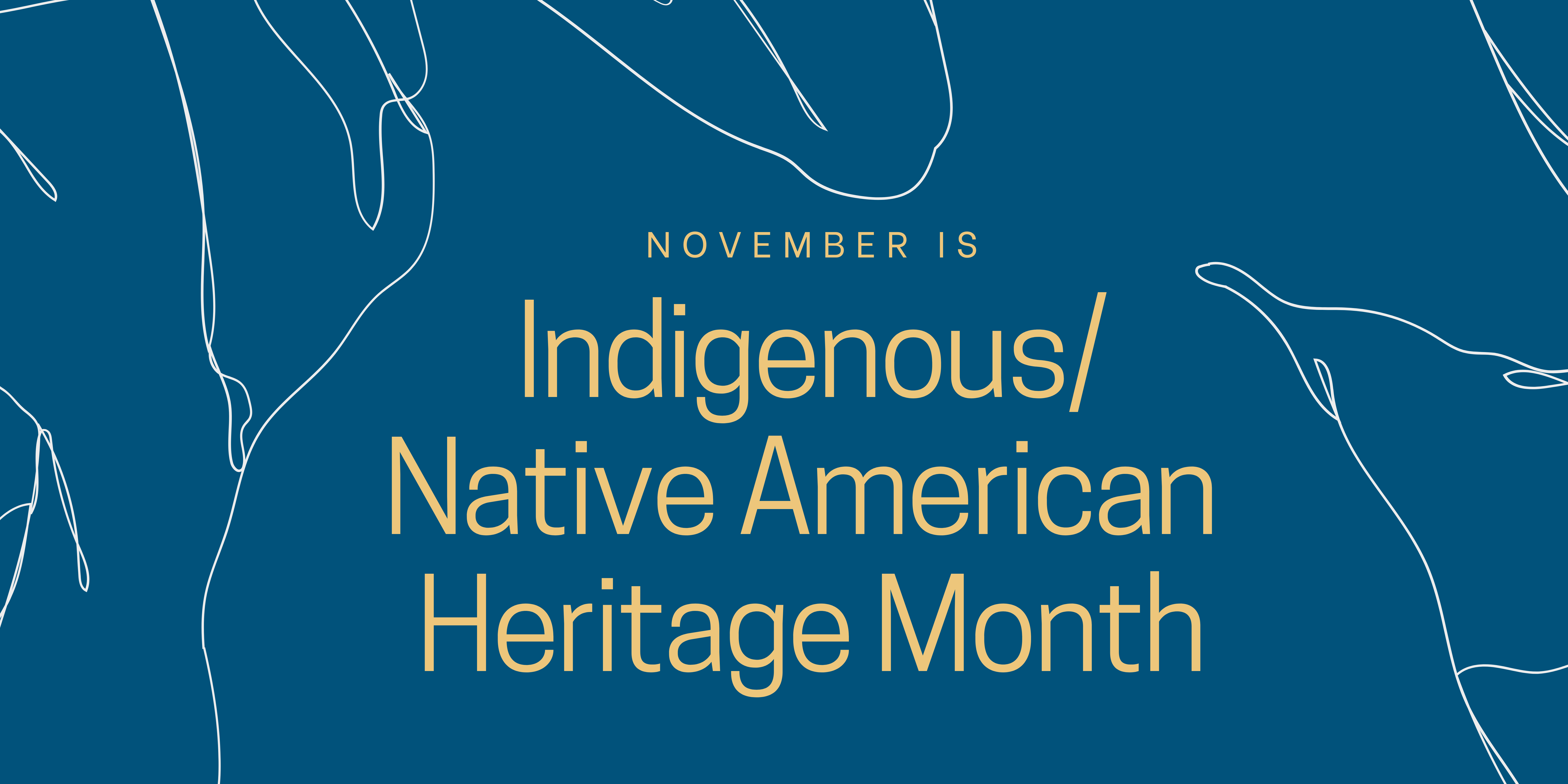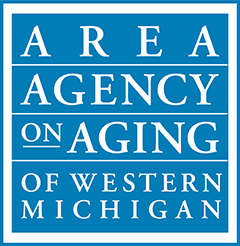Articles
Indigenous/ Native American Heritage Month 2024

The Area Agency on Aging of Western Michigan (AAAWM) recognizes November as Indigenous/Native American Heritage Month. Throughout this month we encourage everyone to pay tribute to the valuable ancestry and traditions of Native Americans and Indigenous peoples. This is also an opportunity to bring awareness to the unique challenges Indigenous people have faced historically and in the present. It is important to recognize the lands we reside on and use today were first inhabited by Native American tribes before being colonized by European settlers and to recognize the poor treatment of Indigenous peoples thereafter. Below are a few tools to help you engage and learn from this meaningful history and how you can be a supporter in the present.
MICHIGAN HISTORY
Learning about the Indigenous people who first called Michigan home is a great place to start. Before the French and British arrived in the 1600s and 1700s, Michigan was home to several tribes. You may be familiar with the Three Fires, or the three largest tribes; Ojibwe (also called Chippewa), the Odawa (also called Ottawa), and the Bodewadomi (also called the Potawatomi). The Michigan History Center has put together a helpful article below to help you learn more about these tribes and the others in Michigan.
The Indigenous People in Michigan - Michiganology
EXPLORE RESOURCES
Today, many ancestors of these original Indigenous peoples continue to take part in their cultural traditions. You can explore their arts, languages, and artifacts through several online educational resources. The Indigenous People of Michigan Research Guides from the University of Michigan Library as well as the Smithsonian Institution have many resources for you to delve into and appreciate the Indigenous cultures and history.
Native American Heritage Month | Smithsonian Institution (si.edu)
Watch and Read
Join AAAWM’s DEI Media Club in watching Gather, directed by Sanjay Rawal. This can be found on iTunes, Netflix, Amazon, and Vimeo on Demand. If you are looking for a book to read, we recommend Braiding Sweetgrass by Robin Wall Kimmerer or The Tao of Raven: An Alaska Native Memoir.
AN INTERACTIVE MAP BY NATIVE LAND and Understanding Land Acknowledgments
“We strive to map Indigenous lands in a way that changes, challenges, and improves the way people see history and the present day. We hope to strengthen the spiritual bonds that people have with the land, its people, and its meaning.” (Native-Land.ca) Explore the interactive map linked below to see Indigenous territories, languages, and treaties in your area. After you’ve explored the map and see what indigenous land may overlap with your life activities, take some time to read and understand what a land acknowledgment is.
Native-Land.ca | Our home on native land
Guide to Land Acknowledgements - Native American Institute - Michigan State University (msu.edu)
FOR HEALTHCARE PROFESSIONALS
It is important in the care of your patients that you honor their cultural practices. “It can go a long way toward ensuring that patients follow the plan of care”, explains Catherine M. Mullahy, RN, BSN, CCRN, CCM. As she further explains in the following article, Whenever Possible, Combine Western and Traditional Medicine from Relias Media, it can foster communication and respect between patients and staff if they feel their beliefs are being honored. You can give this article a read below.
Whenever Possible, Combine Western and Traditional Medicine |… (reliasmedia.com)
Tagged:

